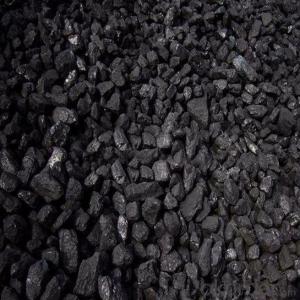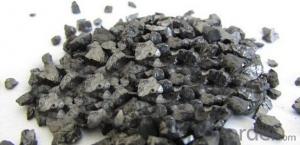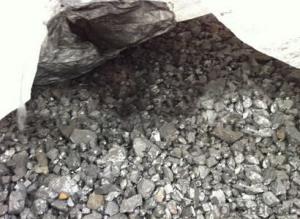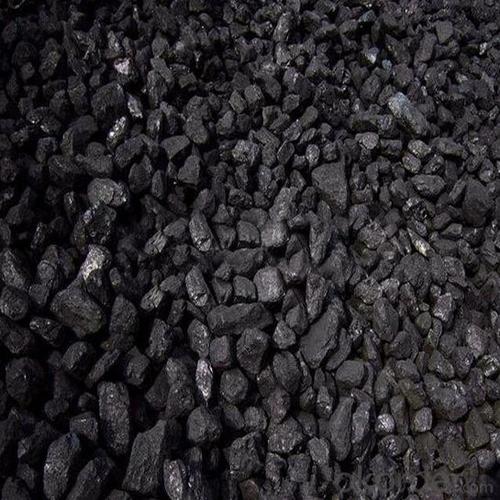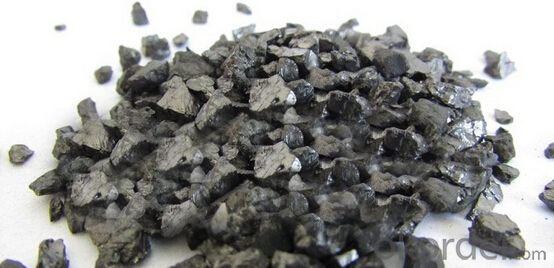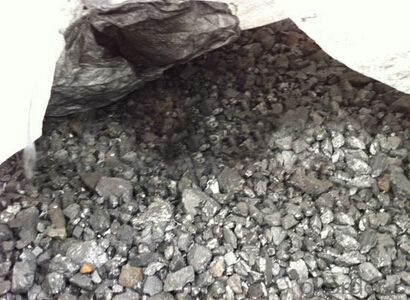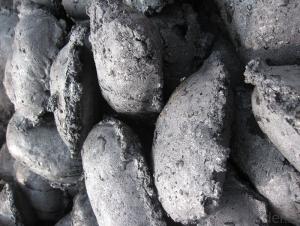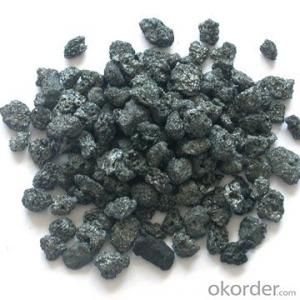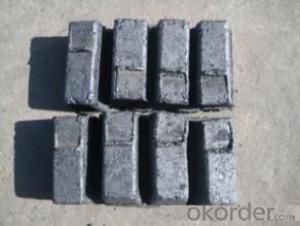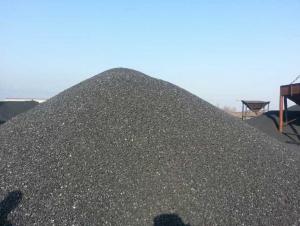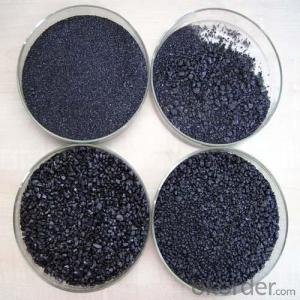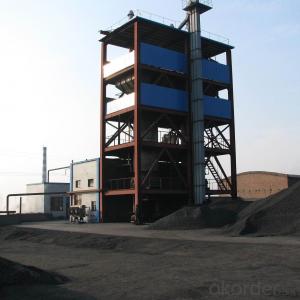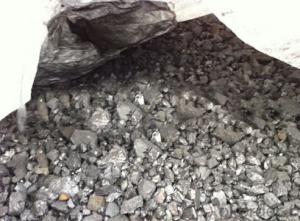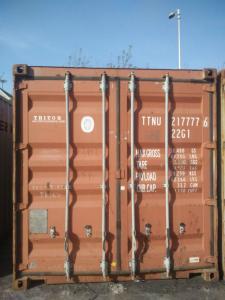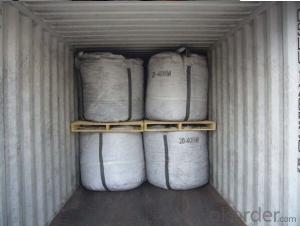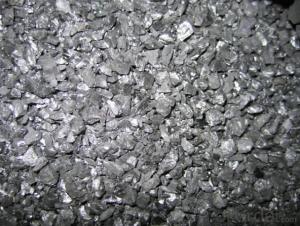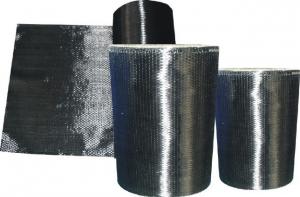95.5% Anthracite blind coal recarburizer for steelmaking
- Loading Port:
- Dalian
- Payment Terms:
- TT OR LC
- Min Order Qty:
- 10 m.t
- Supply Capability:
- 500000 m.t/month
OKorder Service Pledge
Quality Product, Order Online Tracking, Timely Delivery
OKorder Financial Service
Credit Rating, Credit Services, Credit Purchasing
You Might Also Like
Specifications of recarburizer:
- Widely used in steel-making metallurgical
- Calorific:8000-8800caloric valua
- FC min 90 95%max
- Competely grain size
Product Description:
- Fixed carbon:90%-95%
- Sulphur:0.35% max
- Volatile matter:1.58%
- Ash:8% max
- Humidity:0.8%max
- Calorific valua:8000cal/kg min 8800cal/kg max
Packaging & Shipping:
- Waterproof toon bags(without small bag inside)
- 25kg paper bag on the pallet or in 1MT big bag
- As customer require
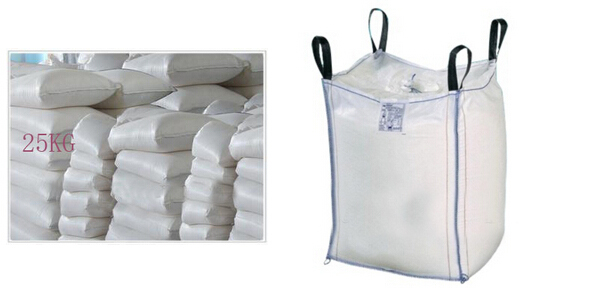
- Q: What is carbon neutral?
- Carbon neutral refers to achieving a state where the net carbon emissions released into the atmosphere are balanced out by an equivalent amount of carbon removal or offsetting. This is typically achieved by reducing greenhouse gas emissions and investing in projects that remove carbon dioxide from the atmosphere, resulting in no net increase of carbon dioxide levels.
- Q: How does carbon affect the formation of acid rain?
- The formation of acid rain is not directly influenced by carbon. Instead, it is mainly caused by the release of sulfur dioxide (SO2) and nitrogen oxides (NOx) when fossil fuels like coal and oil are burned. However, the emission of carbon dioxide (CO2) from the burning of these fuels contributes to climate change and indirectly impacts the formation of acid rain. The rise in atmospheric carbon dioxide levels leads to the trapping of heat, resulting in global warming. Consequently, this alters weather patterns and increases the frequency and intensity of extreme weather events. These alterations can affect the formation of acid rain by changing how sulfur dioxide and nitrogen oxides disperse. Furthermore, when fossil fuels are burned and release carbon dioxide, they also release sulfur dioxide and nitrogen oxides as byproducts. When these gases react with water, oxygen, and other chemicals in the atmosphere, they can be converted into sulfuric acid and nitric acid respectively. The increased combustion of fossil fuels, due to higher carbon dioxide emissions, can lead to a greater release of sulfur dioxide and nitrogen oxides into the atmosphere, exacerbating the formation of acid rain. Therefore, while carbon dioxide itself does not directly contribute to acid rain formation, its emissions indirectly contribute by amplifying the release and dispersion of sulfur dioxide and nitrogen oxides. To mitigate the formation of acid rain and its adverse effects on the environment and human health, it is crucial to reduce carbon dioxide emissions, as well as sulfur dioxide and nitrogen oxide emissions.
- Q: Benefits of reducing carbon emissions
- 1, carbon dioxide in fresh air content of about 0.03%. People living in this space will not be harmed, if the indoor gathered a lot of people, and the air is not circulating. Or indoor gas, liquefied petroleum gas and coal combustion, the oxygen content in the air is relatively reduced, produce large amounts of carbon dioxide, the indoor personnel will appear different degrees of poisoning symptoms. As for the maximum allowable content of carbon dioxide in indoor air, there is no uniform regulation in different countries. Japan has a standard of ventilation when the content of carbon dioxide in the indoor air is 0.15%. The following table shows the effect of CO2 content in air on human body.
- Q: What are carbon offsets?
- The use of carbon offsets is a method employed to aid in the reduction of greenhouse gas emissions and the fight against climate change. Essentially, it offers a means for individuals, organizations, or businesses to compensate for their own carbon dioxide (CO2) emissions by investing in projects that decrease emissions in other places. Carbon offsets are founded on the concept that emissions reduction can be accomplished through various methods and at different costs. Rather than solely focusing on reducing their own emissions, individuals or entities can utilize carbon offsetting to support projects that can achieve greater emission reductions per unit of cost. These projects encompass renewable energy, energy efficiency, reforestation, methane capture, and others. To obtain carbon offsets, individuals or organizations typically calculate their own carbon footprint by evaluating the amount of CO2 they emit through activities like energy consumption or transportation. After quantifying their emissions, they can purchase carbon offsets equivalent to the amount of CO2 they have emitted. These offsets are generated by projects that undergo independent verification and certification by recognized standards and registries. Once purchased, the carbon offsets are effectively canceled or retired, ensuring that the emission reduction accomplished by the project is not double-counted or claimed by another party. By investing in carbon offsets, individuals or organizations can effectively neutralize their own emissions and contribute to global endeavors to combat climate change. However, it is crucial to recognize that carbon offsets should not be viewed as a substitute for reducing emissions at the source. They should be utilized as a supplementary tool to support emission reduction efforts while simultaneously implementing measures to minimize our own emissions through energy efficiency, adoption of renewable energy, and sustainable practices.
- Q: What is the chemical symbol for carbon?
- The chemical symbol for carbon is C.
- Q: What are the impacts of carbon emissions on the stability of coral reefs?
- The stability of coral reefs is significantly affected by carbon emissions. One of the primary outcomes of carbon emissions is the occurrence of ocean acidification, which happens when the ocean absorbs carbon dioxide. This results in a decrease in the water's pH level, making it more acidic. Corals are extremely sensitive to changes in pH levels, and as the water becomes more acidic, it becomes harder for them to build and maintain their calcium carbonate skeletons. The increased acidity of the water also impacts the growth and survival of other organisms that form the foundation of coral reef ecosystems, such as algae and shellfish. These organisms play a vital role in providing food and a habitat for many species, including corals. As their populations decline due to acidification, the entire reef ecosystem becomes destabilized. Another consequence of carbon emissions on coral reefs is the warming of the ocean. Carbon dioxide acts as a greenhouse gas, trapping heat in the atmosphere and causing global temperatures to rise. This rise in temperature leads to coral bleaching, a process where corals expel the symbiotic algae living within their tissues. The loss of these algae deprives corals of their main source of nutrition and gives them a bleached appearance. If the water temperatures remain high for an extended period, corals may die, resulting in the degradation of the reef structure. Furthermore, carbon emissions contribute to the rise in sea levels, which poses a threat to the stability of coral reefs. Increasing sea levels increase the risk of coastal erosion and flooding, which can damage or destroy coral reef habitats. Additionally, the intensified and more frequent storms, a consequence of climate change, can physically harm coral reefs, making them more vulnerable to disease and preventing their recovery. In summary, carbon emissions have a harmful impact on the stability of coral reefs. Ocean acidification, coral bleaching, rising sea levels, and increased storm activity all collaborate to weaken and degrade these fragile ecosystems. It is crucial to reduce carbon emissions and take action to mitigate climate change to safeguard and preserve the health of coral reefs and the numerous species that rely on them.
- Q: when to use hard carbon, and when to use soft carbon. Neutral charcoal can play what role? Thank you.
- The soft carbon strokes are more black and easier to use. The hard charcoal painted gray, the color is not deep, when painting and sketch paper friction is relatively large, there is a general feeling of rustling, veteran can feel it.Soft charcoal most used in a black or a black screen most places, such as shadow, Terminator...
- Q: What are the different colors of carbon-based gemstones?
- The different colors of carbon-based gemstones include white, yellow, brown, black, and the rare blue and pink diamonds.
- Q: How does carbon impact the availability of clean air?
- Carbon impacts the availability of clean air through its contribution to air pollution and climate change. When carbon-based fuels such as coal, oil, and natural gas are burned for energy production, they release carbon dioxide (CO2) into the atmosphere. CO2 is a greenhouse gas that traps heat in the Earth's atmosphere, causing the planet to warm up, leading to climate change. Climate change, in turn, affects air quality in several ways. Rising temperatures can increase the frequency and intensity of wildfires, which release large amounts of carbon dioxide and other pollutants into the air. Additionally, higher temperatures can exacerbate the formation of ground-level ozone, a harmful air pollutant that can trigger respiratory issues and other health problems. Furthermore, carbon emissions contribute to the formation of particulate matter, such as soot and fine particles, which can be harmful when inhaled. These particles can come from the burning of fossil fuels in vehicles, power plants, and industrial processes. Particulate matter can cause respiratory and cardiovascular problems and is especially harmful to vulnerable populations like children, the elderly, and those with pre-existing respiratory conditions. Reducing carbon emissions is crucial to improving air quality and ensuring the availability of clean air. Transitioning to renewable energy sources, improving energy efficiency, and implementing policies to reduce carbon emissions can all help mitigate the impact of carbon on air quality. Additionally, promoting sustainable transportation, reducing deforestation, and adopting cleaner industrial practices can contribute to cleaner air by reducing carbon emissions and other pollutants.
- Q: What is the primary source of carbon monoxide in the atmosphere?
- The incomplete combustion of fossil fuels stands as the main contributor to carbon monoxide found in the atmosphere. Whenever coal, oil, or natural gas is burned for energy generation, transportation purposes, or industrial procedures, carbon monoxide is inevitably discharged into the air. Despite natural sources like volcanic eruptions and forest fires having the potential to augment the presence of carbon monoxide in the atmosphere, the majority of emissions can be firmly linked to human activities. As a result, addressing carbon monoxide is crucial in safeguarding both human health and the environment.
Send your message to us
95.5% Anthracite blind coal recarburizer for steelmaking
- Loading Port:
- Dalian
- Payment Terms:
- TT OR LC
- Min Order Qty:
- 10 m.t
- Supply Capability:
- 500000 m.t/month
OKorder Service Pledge
Quality Product, Order Online Tracking, Timely Delivery
OKorder Financial Service
Credit Rating, Credit Services, Credit Purchasing
Similar products
Hot products
Hot Searches
